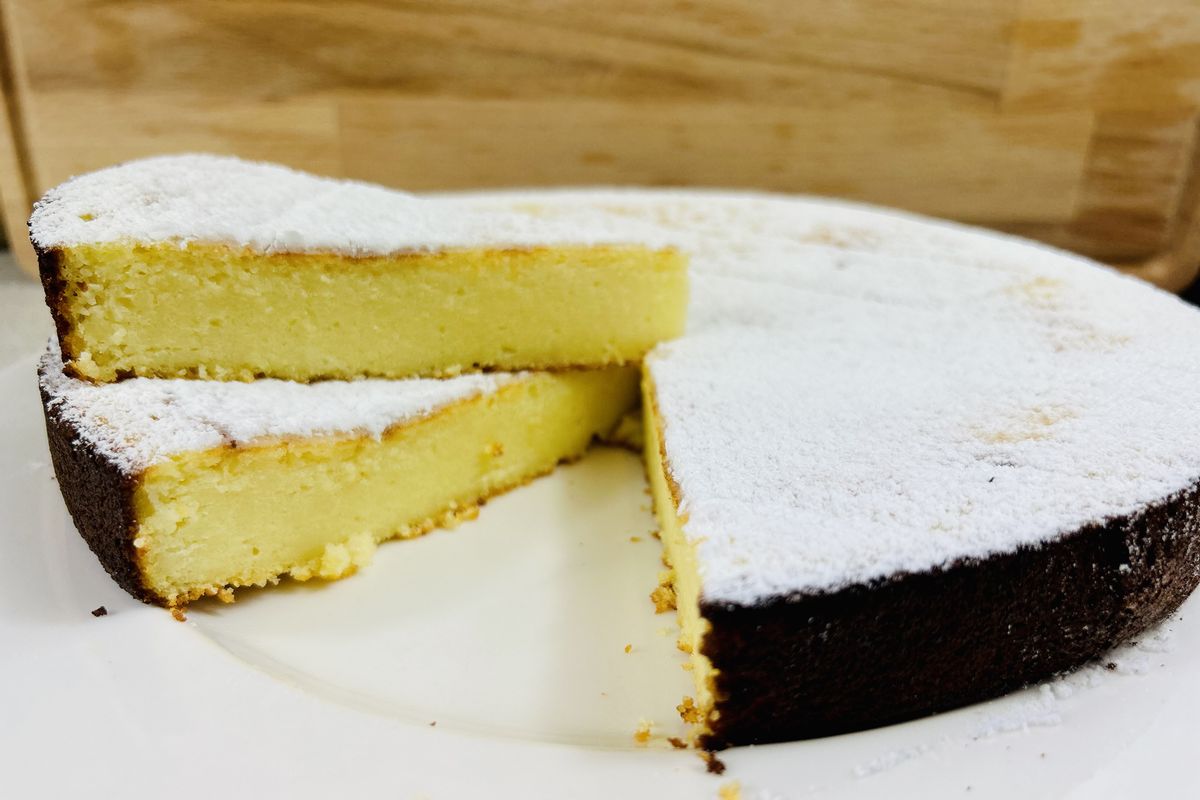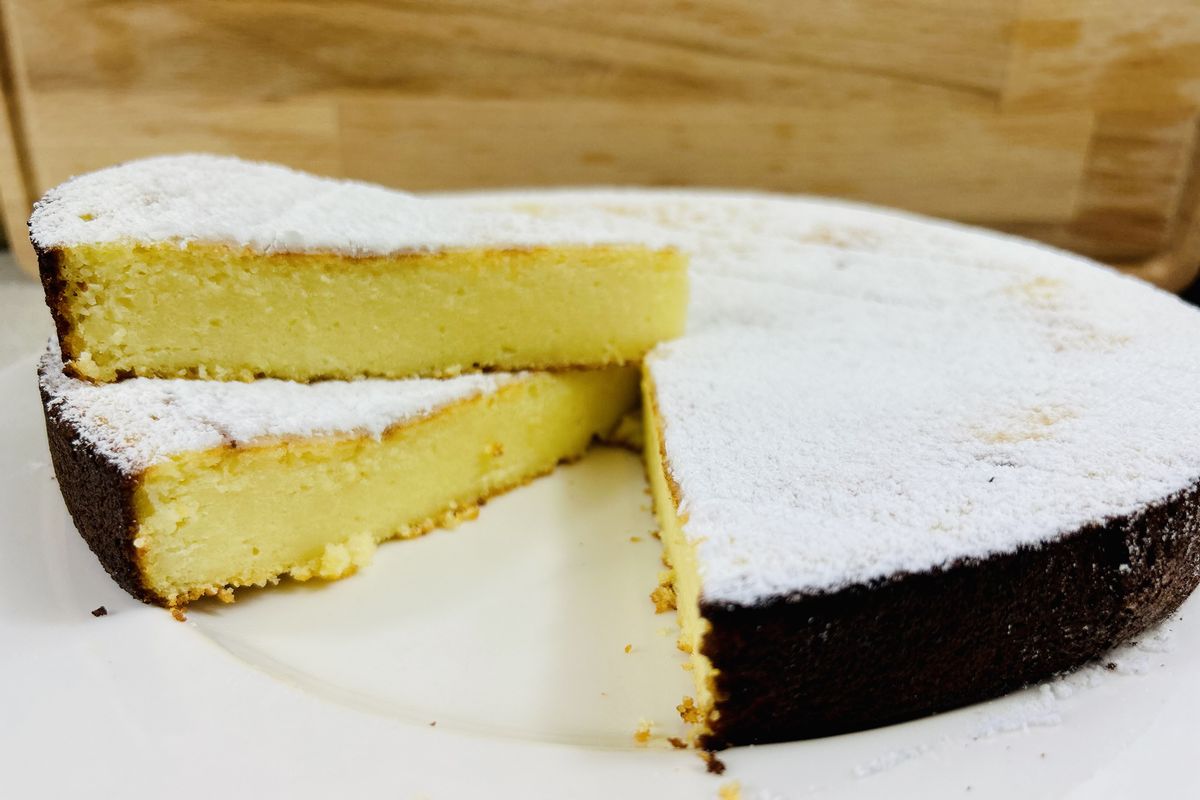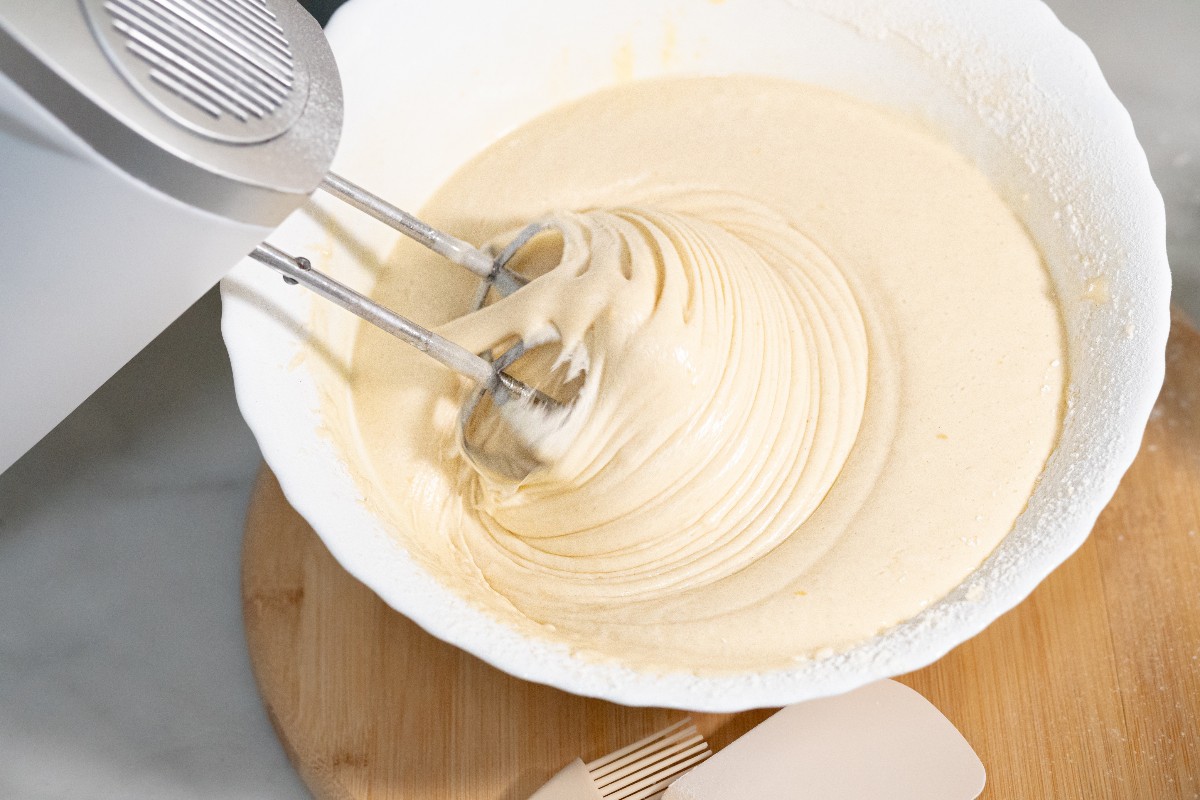Recipes
Neapolitan Migliaccio: the video recipe for the Carnival dessert


Migliaccio is a typical dessert of Neapolitan cuisine based on ricotta, semolina and milk to be prepared for the Carnival celebrations.
What Carnival would it be withoutgliaccio, the typical dessert of the Campania tradition ? This cake has very ancient origins and according to ancient customs it was prepared by mixing millet flour with pig's blood, from which it takes its name. Nowadays, to prepare the Neapolitan milleccio, the original recipe no longer requires the use of blood and semolina, which is processed with milk, ricotta and other ingredients, replaces the millet.
Try preparing it at home: this dessert is good to enjoy all year round and everyone will surely like it. Here is the preparation of the Carnival mile complete with video!

Ingredients
For the mile
- Whole milk – 500 ml
- Water – 300 ml
- Ricotta – 250 g
- Semolina – 200 g
- Eggs – 3
- Granulated sugar – 250 g
- Butter – 50 g
- Organic orange peel – 1
- Organic lemon peel – 1
- Vanillin – 1 sachet
- Powdered sugar – to taste
Preparation
How to prepare the Neapolitan Carnival mile recipe
In a saucepan, bring the milk , water (if desired, it can be replaced with a little more milk) and butter to the boil, then flavor with vanilla and half the citrus peel removed with a potato peeler.
Once the milk has absorbed the aroma of orange and lemon, remove the peels and pour in the semolina , continuing to mix with a whisk for about ten minutes.
Let it rest until it has cooled . It is important that it is cold otherwise you risk cooking the eggs.
At this point, in another bowl, beat the eggs with the remaining part of the grated lemon and orange peel , then pour in the sugar until you obtain a frothy mixture. Finally, add the ricotta and semolina . Continue to mix the mixture until it is nice and smooth.
Transfer the mixture into a well-buttered mold, preferably made of copper or aluminium, with a diameter of 26 cm and bake at 200°C for an hour . If it darkens too much during cooking, cover it with aluminum foil.
Leave to cool and decorate with a sprinkling of icing sugar.
To show you how simple it is to prepare, we have also created a video for you with all the steps.
Did you know that there is also a savory version of the milleccio? It is delicious and perfect both as an appetizer and as a second course. If, however, you want to speed up the preparation of the classic dessert, then here is the recipe forgliaccio with the Thermomix
Millet conservation
We recommend keeping it in the refrigerator until ready to serve and no later than 3/4 days after preparation .
Origin and history
We mentioned the fact that this Neapolitan dessert owes its name to millet , an ingredient used in the original preparation. In fact, Miliaccum was actually millet bread. But what is its story? Millet seems to have arrived in our peninsula together with the Greeks. However, the first written traces of the mile date back to the year one thousand.
Widespread in the Middle Ages, this dessert included pig's blood as another ingredient, considered a complete food capable of supporting farmers while working in the fields. Faithful to the saying that nothing of the pig is thrown away, the milleccio was usually made during the pig slaughter period given the poor preservability of the blood.
As time passed, the Church began to frown upon this custom, considering it too linked to old pagan traditions. He therefore banned the use of blood , pushing for other ingredients. It should be kept in mind, however, that in some very poor areas this custom took centuries to decay.
Only in 1700 did the Neapolitan mile take on its current form. Butter, milk, ricotta, eggs, semolina as well as citrus peels are the ingredients used for its preparation. The most attentive will have noticed the similarity with the filling of both curly and shortcrust puff pastries and this is why this dessert is often called puff pastry .
Riproduzione riservata © - WT












